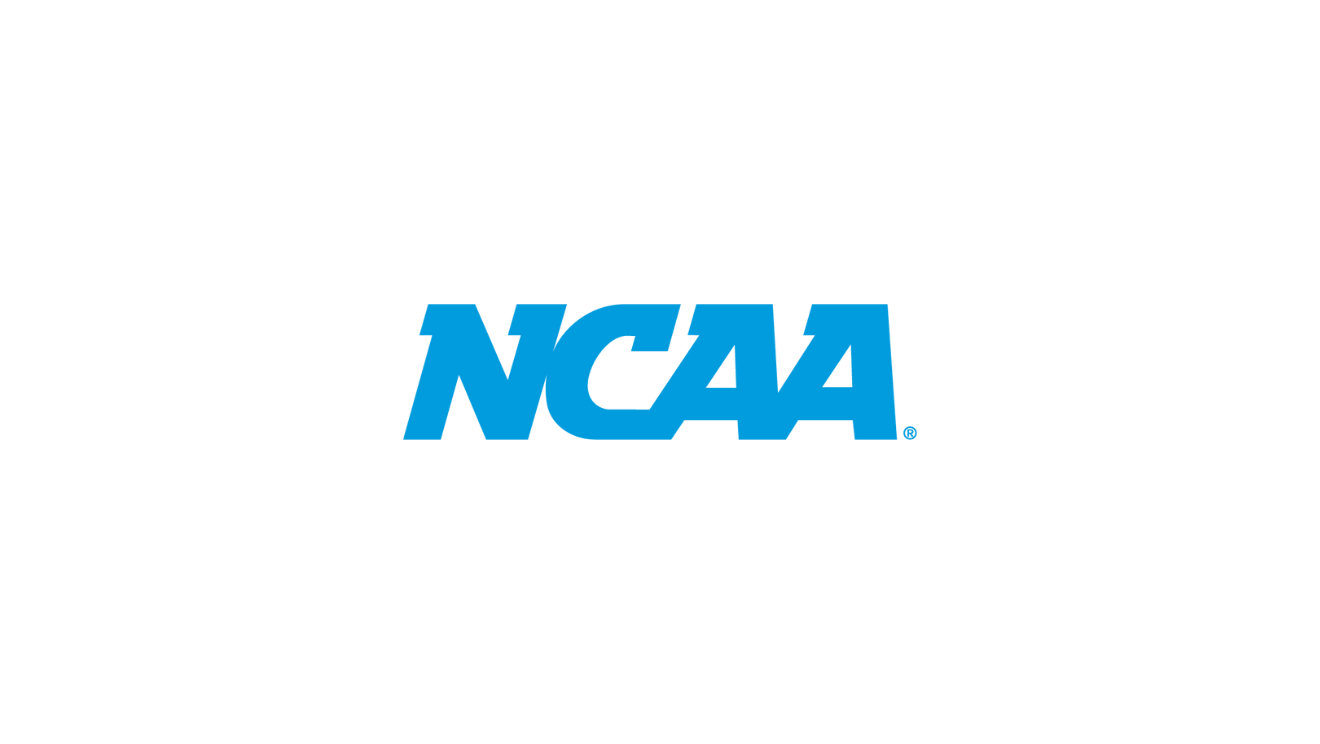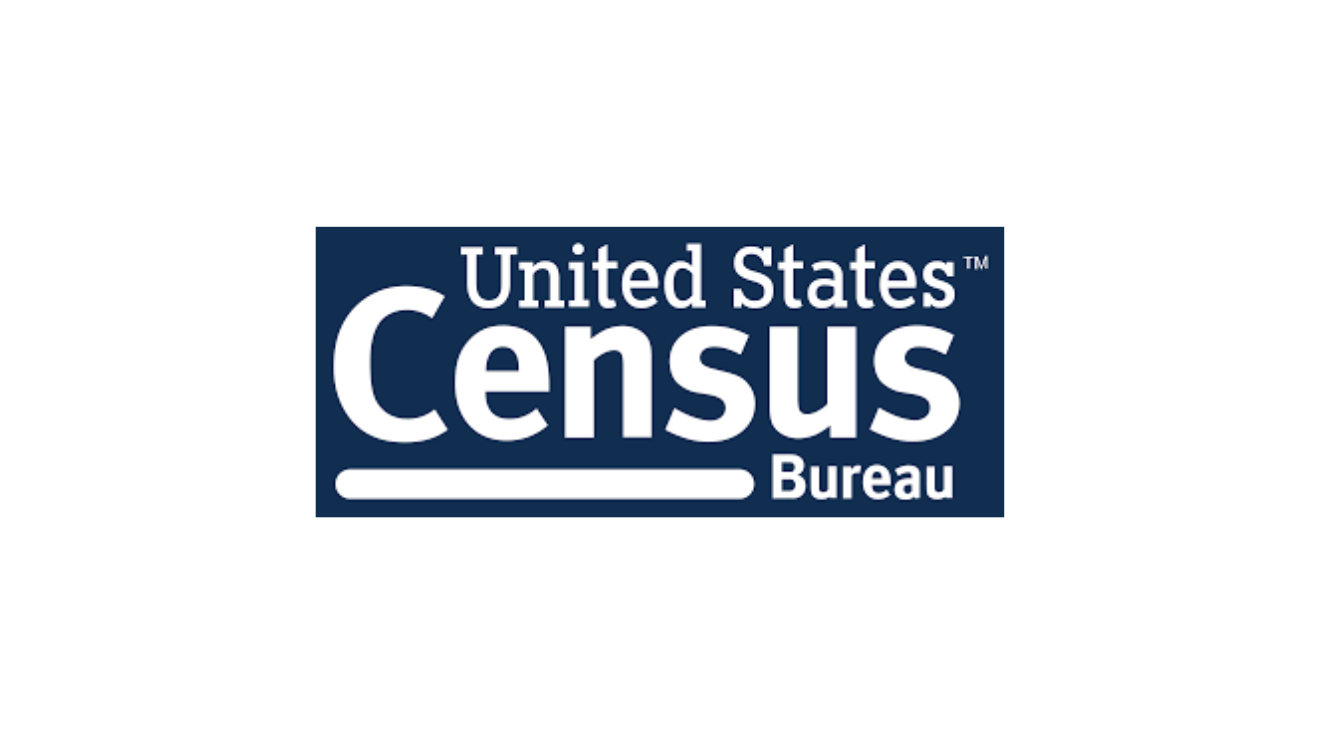INDIANAPOLIS, INDIANA (June 20, 2019) – Top medical and sport science experts from the NCAA and NFL gathered for a first-of-its kind meeting. Their goal? Share information and emerging data in hopes of making football safer for student-athletes and professionals alike. Both groups have devoted considerable resources in recent years to improving health and safety in football.
The meeting at the NCAA national office in Indianapolis was a collaborative effort organized by the groups’ respective chief medical officers — the NCAA’s Dr. Brian Hainline and the NFL’s Dr. Allen Sills.
The organizations shared information regarding lower-body injuries, mental health and concussion, including emerging data from the ongoing $64 million NCAA-Department of Defense Concussion Assessment, Research and Education Consortium study.
“This was a great interactive meeting where both organizations learned from each other,” Hainline said. “The NCAA presented cutting-edge material from the largest and most comprehensive concussion study in history as well as the Association’s mental health initiatives, which have led to a considerable cultural shift in how mental health is perceived in sport. The NFL provided key engineering data on helmet technology and lower extremity injuries vis-à-vis turf and shoe interactions.”
The two-day meeting included representatives from the NFL, the NCAA Sport Science Institute and sports medicine personnel from schools in Division I’s five autonomy conferences. NCAA President Mark Emmert and Jeff Miller, NFL executive vice president for health and safety initiatives, also attended.
The NCAA contributed a wealth of information regarding not only concussions, but the overall well-being of college athletes — with a particular focus on the Association’s continued, comprehensive efforts to address physical as well as mental health and the new interassociation recommendations on the prevention of catastrophic injury and death in collegiate student-athletes.
The NFL shared information from recent studies regarding the mechanics of lower-body injuries and how a multitude of recent changes to equipment standards and rules have helped make the sport safer at the professional level.
The NFL and NCAA plan to continue collaborating by sharing vital health and safety information and data as it emerges, which stands to benefit the sport at every level.
“It is clear that both organizations have much to share and much to learn from each other,” Hainline said. “Such collaboration is critical for the future of safety in sport.”





 Back
to News
Back
to News